All About the Californian Rabbit

Certified bun lovers will likely cringe at the thought that this adorable rabbit type was initially bred for its fur and meat. But take heart! The Californian Rabbit has now become a popular pet as more and more fur parents learn about the breed’s wonderful temperament. Interested in getting one? Let us help you discover what makes a Californian Rabbit an excellent animal companion.
History of the Californian Rabbit
The breed originated in Lynnwood, California, in 1923. At that time, George S. West sought to create a rabbit that would yield high-quality meat and a dense, attractive fur. However, it was not an easy task, and it took him five years to finally get it right.
He first cross-bred Himalayan and Standard Chinchilla rabbits and then crossed the male offspring with a New Zealand white rabbit. With that, he finally succeeded in creating the rabbit he was looking for, the bun type that we now call the Californian Rabbit.
This new breed gained recognition from the American Rabbit Breeders Association in 1939 and quickly became a meat and fur option. Eventually, the Californian Rabbit found its way into the hearts of rabbit lovers. Today, this bun type figures prominently in the most popular rabbit breeds list.
Californian Rabbit: General Characteristics

The all-white coat with dark markings on the feet, ears, nose, and tail are the distinctive indicators of the breed. Because of its original purpose as a source of meat and fur, the Californian Rabbit has a muscular body and plush, dense coat.
The adult buns usually weigh between 8-11 pounds, with the doe slightly heavier than the buck. They have medium-length broad ears that point straight up.
Coat
The Californian’s coat is not as velvety as other breeds. In fact, the fur is relatively coarse. It’s matched by a dense undercoat. Buns from this breed don’t shed so much, but they still lose some hair at certain times of the year. This usually occurs more during spring than in any other season.
Color
Californian Rabbits are a white breed, with dark markings (the darker, the better) on specific body parts, such as the ears, nose, feet, and tail. The eyes are typically pink, similar to that of an albino rabbit. The white with dark markings is the only color accepted by the ARBA. However, in Great Britain, the breed comes in blue, lilac, and chocolate hues.
Caring for a Californian Rabbit
Fortunately, the Californian is one hardy rabbit. As such, caring for one isn’t as challenging as some of his more delicate counterparts.
Feeding
Like with all rabbit breeds, a Californian bun’s diet should comprise primarily of hay. Timothy Hay works best for adult rabbits, while juveniles under 8 months old should get unlimited quantities of alfalfa hay. Dark, leafy greens and small portions of fruits make excellent supplements to this rabbit’s daily feeding.
The amount you feed him will depend on his size. Of course, you’ll also need to provide clean, fresh water 24/7.
Housing
As we mentioned, this bun is quite hardy, so housing one can be a breeze. A Californian Rabbit can thrive either indoors or outdoors. That’s as long as his enclosure or cage is clean and protected from the elements. If you want to keep your fur baby inside the house, remember to rabbit-proof your home as like most buns, the Californian loves to chew. Providing your pet with a chew toy can help redirect his chewing instinct.
Grooming
Because of their dense coat, you can’t skip your grooming chores if you keep a Californian Rabbit for a pet. Regular brushing is a must to keep their coat at optimum condition, so schedule two brushing sessions a week. You’ll need to increase those sessions to three times or more during shedding season. Brushing removes loose hair, which helps prevent tangles and possible intestinal obstruction caused by hairballs.

The Temperament of a Californian Rabbit
The reason why this bun type captured the hearts of rabbit parents is its sweet temperament. Although a Californian Rabbit can be shy at first, he quickly turns docile and friendly through proper socialization.
Once they’ve gotten to know their humans, Californian Rabbits will usually want to cuddle. But they have a playful nature, too. These traits make them excellent pets for almost everyone. Even families with children can get one as long as the kids know how to handle a rabbit correctly.
General Health
Californian Rabbits live between 5-10 years. They don’t have breed-specific health conditions, but they can develop medical issues common to rabbits in general. These include the following:
- Gastrointestinal (GI) stasis: This potentially fatal ailment involves the slowing down or complete stoppage of the digestion process. It occurs mainly due to bacterial imbalance in a rabbit’s gut. The main symptoms are lethargy, lack of appetite, and small droppings.
- Malocclusion: Sometimes, a bun’s upper and lower teeth don’t align correctly. As a result, the chewing process doesn’t wear down their pearly whites. Rabbits’ teeth grow continuously and must be whittled down. Otherwise, they cause oral problems that can lead to serious medical conditions. Check your bun’s mouth regularly for overgrown teeth.
- Flystrike: This problem usually occurs during the hot months and is caused by flies that lay eggs on soiled areas of your bun’s coat. When the eggs hatch, the larvae feed on your rabbit’s flesh. To prevent this condition, keep your pet’s surroundings clean. Also, remove droppings that cling to his fur as soon as possible.
- Ear mites: The parasite Psoroptes cuniculi causes this condition. It infects one or both ears, causing irritation and crusting called canker. Left untreated, the canker can lead to bacterial infections. The infection can advance into the middle ear and put your bun at risk for hearing loss and other neurological issues.
- Sore hocks: Also called ulcerative pododermatitis, sore hocks are bacterial infections in the skin of the feet, particularly the back portion. If not treated, the ailment can progress to deep pyoderma or severe inflammation involving the connective tissues. Many health issues may arise when a more severe infection sets in.
The Californian Rabbit, a hardy but affectionate breed, will provide you with plenty of affection and fun times, just like most other bun types.
We hope you enjoyed this post! If you did, will you give it a share or two 🙂 Thank you! ~from Every Bunny Welcome


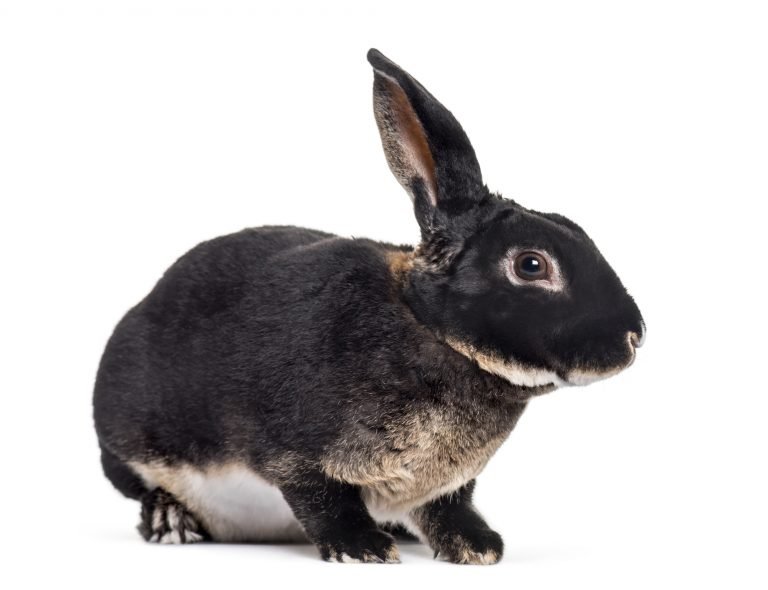
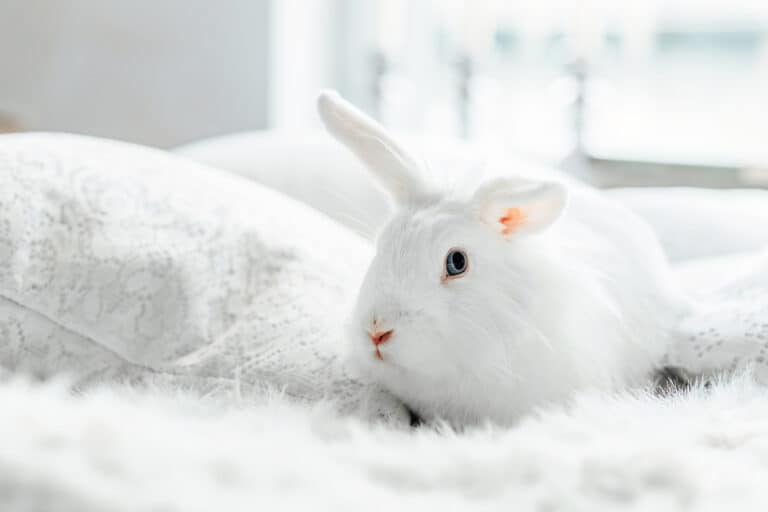
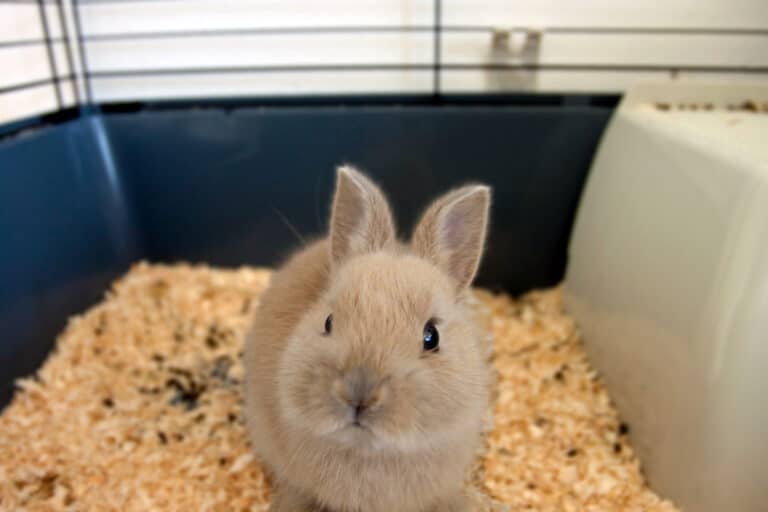
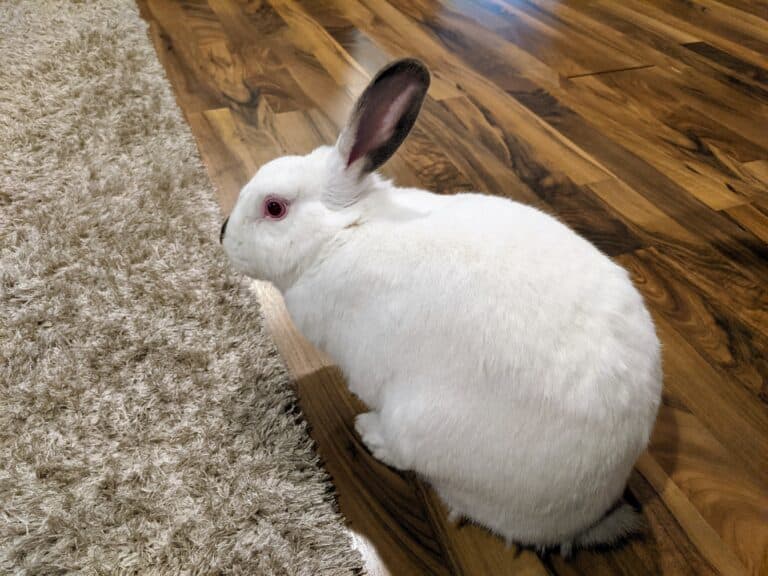
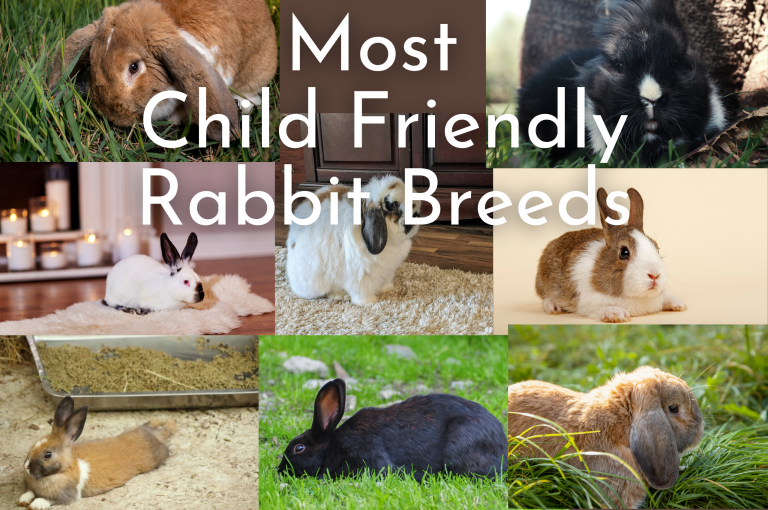
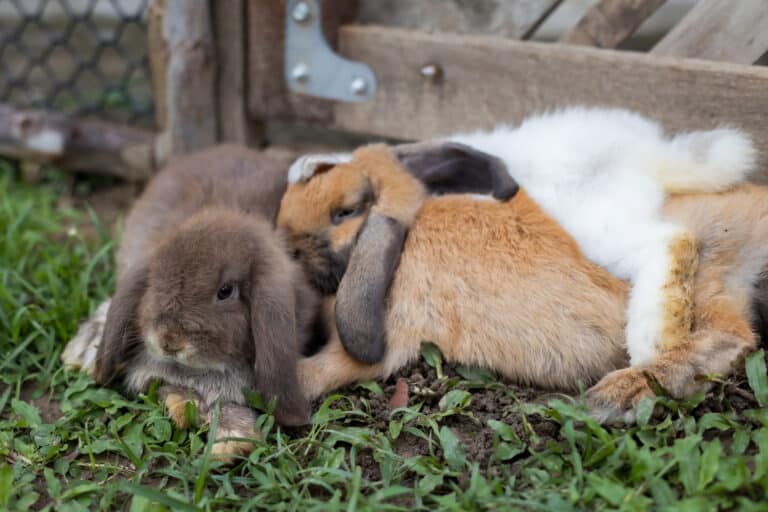
I have always loved rabbits…as a child I had a very tame rabbit ..he was more like a pet dog…he would jump into my bicyclebasket …and we would go for long rides in the country….
Hi Eleanor,
Oh how sweet! What a great story. 🙂
~Christine